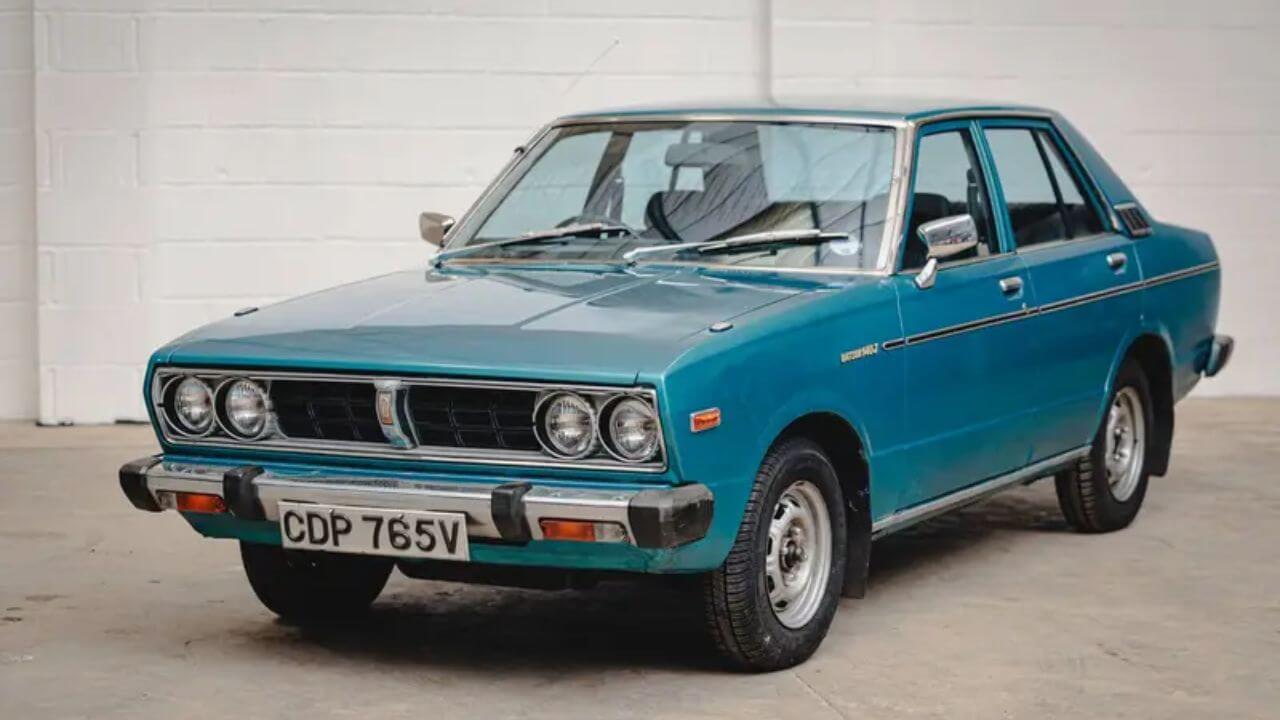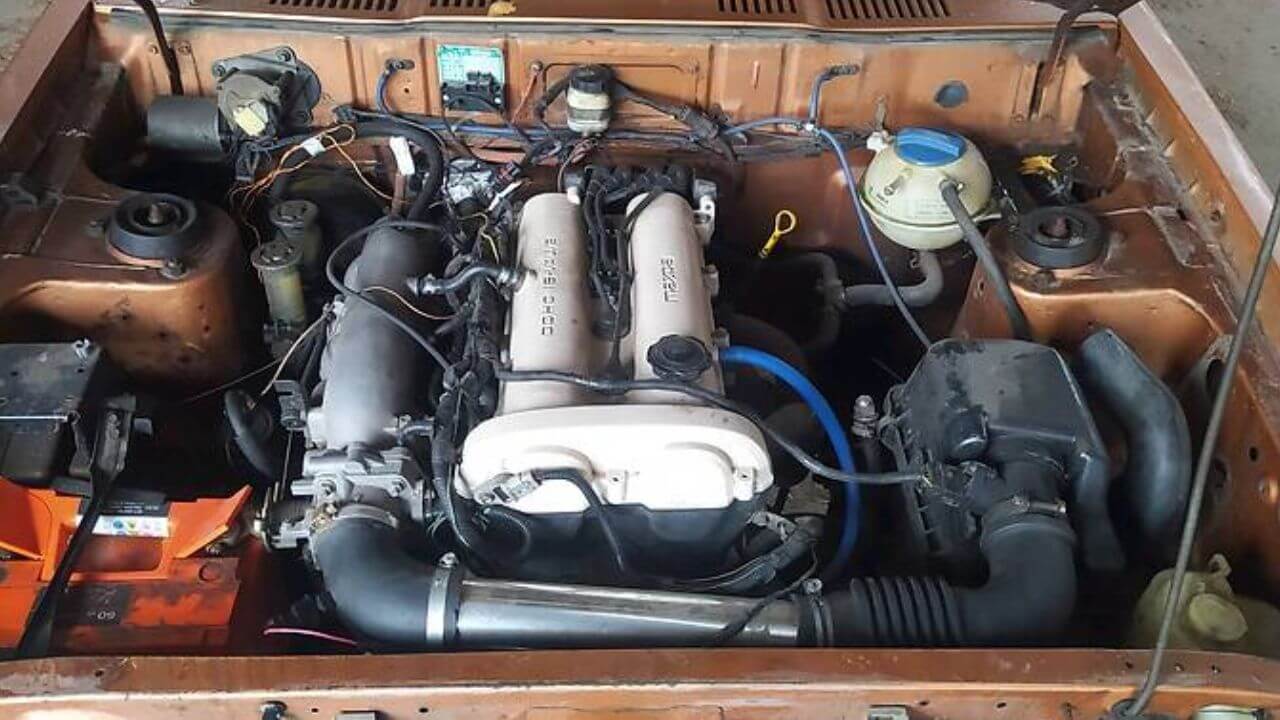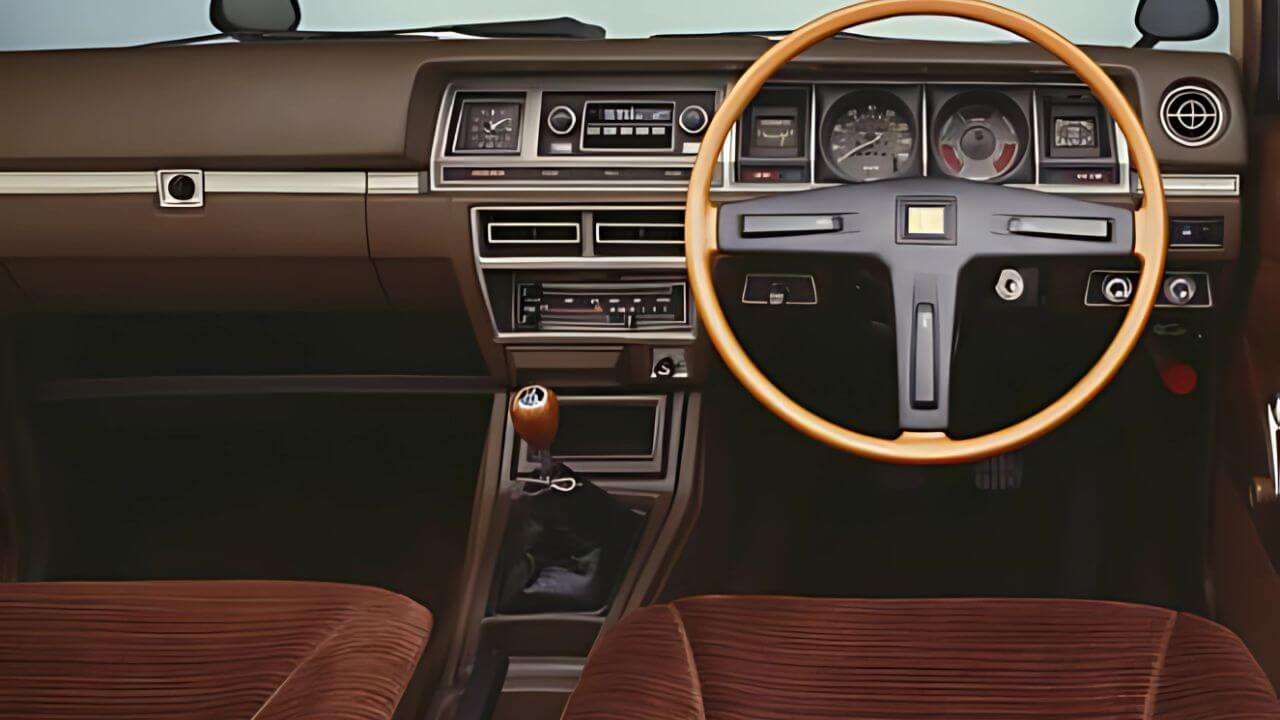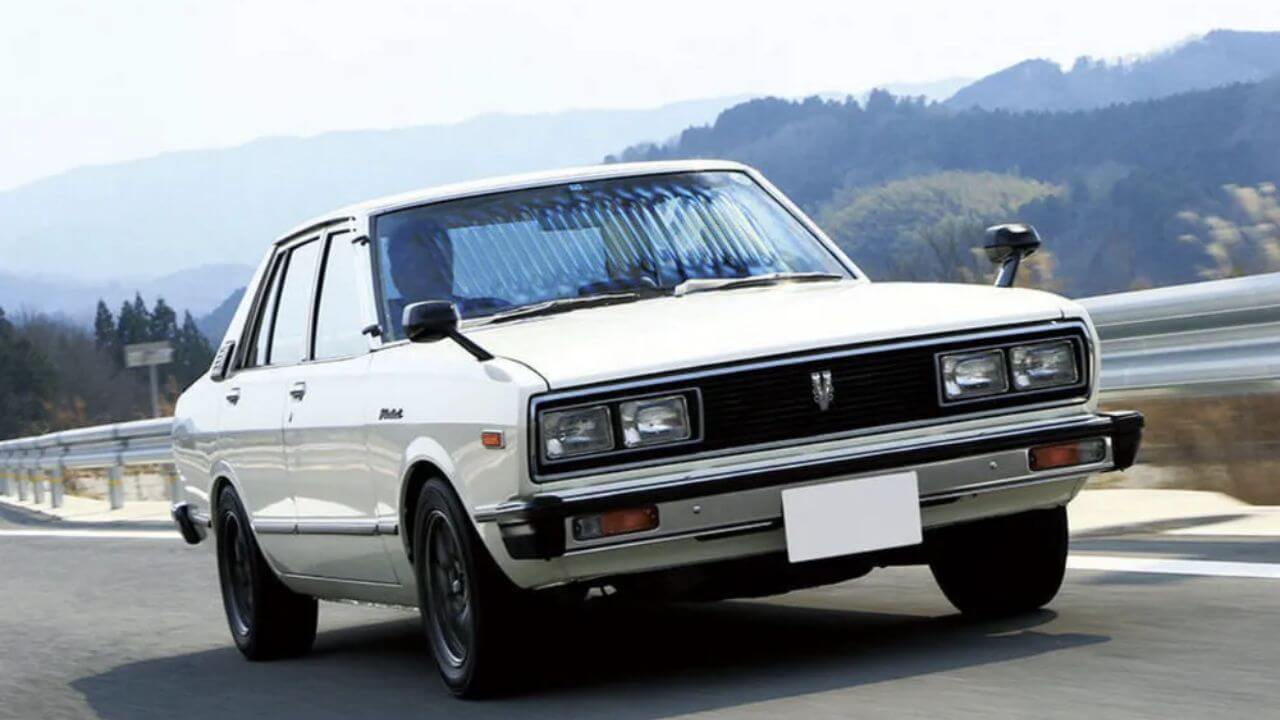An exploration of Nissan Violet legacy
Nissan Violet may not be the first thing that Americans associate with Nissan, but this compact sedan, during the 1970s and 1980s, served as a means to establishing the company as it has come to be. The Nissan Violet represented efficiency, innovation, and low cost at a time when the Japanese auto makers were struggling to establish a market in the United States. Its combination of reliability and good engineering enabled the Nissan Violet to make a difference in the most competitive automaker industry that has been controlled by the established American automakers.
History of the Nissan Violet

The Nissan Violet changed throughout its production life, both in design and again in engineering. Its boxy design was a answer to the design languages in the 1970s but it had virtually more practical features like spacious cabins, reliable engines and a comfortable suspension. Elsewhere, its Violet would assume the name Datsun 710, and would compete against such cars as the Toyota Corolla, Ford Pinto, and Chevrolet Vega, in the U.S.
Nissan Violet Engine Specs

1.4L A14 inline-four- This brought about 85 horsepower and focused on its fuel economy making it a favorite of drivers with limited means.
1.6L L16 inline-four – This 96 horsepower car had been a favorite of the U.S. market.
1.8L L18 inline-four –This engine was rated at approximately 105 horsepower to supply the drivers with extra torque in a bid to achieve greater performance.
2.0L L20B in-line four – It produces almost 110 horsepower which gave the Violet more highway horsepower and competitive with American compacts.
All these engines were together with either 4 speed manual transmission or a 3 speed automatic where customers had flexibility over how they would like to drive their cars.
Interior Design: of the Nissan Violet

The dashboard had a clear interface and readable gauges and the seats were adequately supportive. The features that might be enjoyed by higher trims buyers include:
Vinyl cloth rather than vinyl.
Optionally cassette equipped AM/FM radio systems.
Air conditioning, which grew more and more significant amongst U.S. consumers.
Folding rear seats which opened up the trunk space.
Even though the Nissan Violet was in no way luxurious, it was able to provide a surprisingly comfortable driving experience. Its large cargo space and a good back seat were the favorites among families because the car was great to have as a daily drive.
Nissan Violet U.S Market
The Nissan Violet was sold as Datsun 710 in the middle of the 1970s in the United States. This was a business decision by Nissan to introduce a vehicle that would fall between the economy cars and sedan cars in the market. The younger buyers and families started to buy the Violet as a more affordable version of Japanese built vehicles that offered reliability without the hefty price tag.
Its sales increased steadily due to the oil crisis that had occurred in the 1970s where the Americans favored fuel-efficient vehicles over gas-wasting domestic vehicles. The four cylinder engines in the Violet were good on mileage and it was a good alternative as the economic times were uncertain.
Experts review the Nissan Violet
John H. Dawson who is an automotive historian once stated:
“Nissan Violet was not just a Japanese compact, it was symbolic of the good will and will to explore the fusion of practicality and engineering competence of the Nissan manufacturers. Its entry into the U.S. market demonstrated that Japanese automobiles were not short term imports but had serious competitors who intended on staying.”
This quote points out how the Violet opened the path to follow to the future models of the Nissan company in the American market.
Driving and Performance
The Nissan Violet was not a sports car but it had remarkable nimble and easy to drive feeling. Its narrow track, light construction, the use of independent front suspension and a live axle at the rear led to it handling well in the city and as a highway cruiser.
Its steering and braking system made a difference with drivers loving its responsiveness, something that many American compact cars could not do then. The Violet was impressive in its acceleration although this was moderate, however, in its reliability and efficiency, the vehicle performed commendably making it two of the selling factors that made Nissan famous.
Evolution of Design and variations around the globe

The Nissan Violet was initially popular in the rally racing. It was given the name Nissan Violet GT which was used in the International rally events, which demonstrated the durability of the platform and Nissan as an engineer.
Nissan Violet Legacy
In spite of the Nissan Violet eventually facing termination and being replaced by newer models such as the Nissan Stanza and Sentra, one must recognize the impact it had. It was a stepping stone between the initial small automobiles manufacturer- Nissan and the more developed models in the way of the sedans.
Among American consumers, the Violet revealed the fact that Japanese cars could be highly durable. It contributed to the shift in the mood concerning the imports and preconditioned the success of Nissan in the U.S. market.
Drawing Results: Why the Nissan Violet is Nonetheless Important
Its legacy cannot be ignored as the Nissan Violet might not be held in such a remarkable position as newer Nissan models, such as the Altima or Maxima. It was such a car, which could take care of reliability, affordability and practicality when consumers needed those pretty attributes. Whether it was the ability to choose between a large range of engine specifications or the rather basic and nevertheless functional interior layout, the Nissan Violet had managed to prove that proper engineering and careful design can conquer hearts worldwide.
To this day, fans recall the Violet as a landmark in the history of Nissan, a vehicle that made consumers develop faith in Japanese car manufacturers. To a collector, a Violet is a piece of history, and the pride of owning one is reminding themselves of how far Nissan has dealt with.

